Battery Entrepreneur Claims Breakthrough, Reducing Need for Controversial Cobalt

While electric vehicles get better every year, they remain beholden to battery technology. This results in a few inherent shortcomings – the most noteworthy being limited range and extended downtime while charging. While this has helped throw a wet blanket EV adoption, it isn’t the technology’s only fault. Modern car batteries are also dependent on relatively rare metals that are both morally contentious and prohibitively expensive to procure.
Cobalt, mined almost exclusively in the Democratic Republic of Congo, and often by children, is likely the worst offender. Prices skyrocketed after EV manufacturing went mainstream, and analysts have long predicted a shortage that could severely impact the long-term popularity of zero-emission vehicles. Fortunately, a new way to build batteries may be on the horizon, though this particular application could create as many issues as it solves – since it involves removing an element that’s paramount to a battery’s long-term stability.
We’ve been hearing about next-gen battery technology for years, without any giant leaps forward. It’s always “just around the corner.” Instead, energy storage has grown incrementally — always better than it was, but not as good as it could be.
Still, minimizing the need for cobalt could be a good thing. The mining industry is already nearing capacity and employing children to do an extremely dangerous job creates some unique human rights issues. We’ve previously noted that kids having dangerous jobs might be preferable to their being forced into the army, but neither option sounds ideal. By all accounts, it seems like a terrible place to grow up.
Regardless, automakers may be less dependent on them in the future. According to Bloomberg, Turkish-born, Massachusetts-based tech entrepreneur Kenan Sahin has found a way to drastically reduce cobalt requirements in nickel-based batteries. His companies, CAMX and TIAX LLC, previously developed the CAM-7 graphite lithium-ion unit that was looked upon favorably by the military and adopted by BSAF.
The new system, called GEMX, is said to be applicable in a number of nickel-based power packs and has been granted patents in the U.S., the European Union, China and Japan. Currently in Berlin for an annual auto industry conference, Sahin said he’s in talks with large manufacturers, and one has already agreed to buy a license.
“We’re hoping we will get this into the hands of the major producers,” Sahin told Bloomberg. The new formula is said to lower cobalt content to as little as 4 percent of battery cathodes, down from about 20 percent today.
Many automakers are already attempting to minimize their cobalt use; Tesla managed to reduce its own cobalt needs for the Model 3 by a large margin with help from Panasonic. Unfortunately, issues can arise when you remove cobalt from the equation — it’s needed to keep cells stable. Removing cobalt entirely would effectively ruin a battery’s life cycle, making it terrible for automotive applications.
Automakers need to units capable of maintaining 70 percent (or so) of the original charge capacity over a ten-year timespan. Without cobalt, batteries run the risk of overheating. This ups the potential fire risk, makes them less predictable in extreme climates, and drastically shortens their lifespan.
Being able to use just 4 percent cobalt would be a game changer, but it’s unclear if Sahin’s new technology would be able to go the distance with such a small amount. Tesla’s Model S employs cathodes with around 15 percent cobalt content, and most long-term storage applications are closer to 33 percent. Meanwhile, we keep hearing about manganese-based alternatives that are also on the cusp of “disrupting the industry.”

A staunch consumer advocate tracking industry trends and regulation. Before joining TTAC, Matt spent a decade working for marketing and research firms based in NYC. Clients included several of the world’s largest automakers, global tire brands, and aftermarket part suppliers. Dissatisfied with the corporate world and resentful of having to wear suits everyday, he pivoted to writing about cars. Since then, that man has become an ardent supporter of the right-to-repair movement, been interviewed on the auto industry by national radio broadcasts, driven more rental cars than anyone ever should, participated in amateur rallying events, and received the requisite minimum training as sanctioned by the SCCA. Handy with a wrench, Matt grew up surrounded by Detroit auto workers and managed to get a pizza delivery job before he was legally eligible. He later found himself driving box trucks through Manhattan, guaranteeing future sympathy for actual truckers. He continues to conduct research pertaining to the automotive sector as an independent contractor and has since moved back to his native Michigan, closer to where the cars are born. A contrarian, Matt claims to prefer understeer — stating that front and all-wheel drive vehicles cater best to his driving style.
More by Matt Posky
Latest Car Reviews
Read moreLatest Product Reviews
Read moreRecent Comments
- Jalop1991 This is easy. The CX-5 is gawdawful uncomfortable.
- Aaron This is literally my junkyard for my 2001 Chevy Tracker, 1998 Volvo S70, and 2002 Toyota Camry. Glad you could visit!
- Lou_BC Let me see. Humans are fallible. They can be very greedy. Politicians sell to the highest bidder. What could go wrong?
- SPPPP Vibrant color 9 times out of 10 for me. There may be a few shapes that look just right in metallic gray, for example. There are a few nices ones out there. And I like VW "White Silver". But I'd usually prefer a deep red or a vibrant metallic green. Or a bright blue.
- 28-Cars-Later Say it ain't so, so reboot #6* isn't going to change anything?[list=1][*]V4-6-8 and High "Tech" 4100.[/*][*]Front wheel drive sooooo modern.[/*][*]NOrthSTARt.[/*][*]Catera wooooo.[/*][*]ATS all the things.[/*][*]We're *are* your daddy's Tesla. [/*][/list=1]



















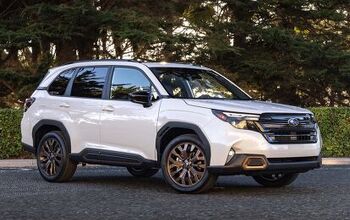
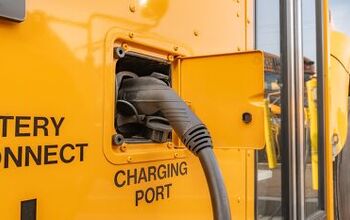
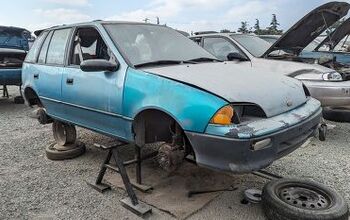

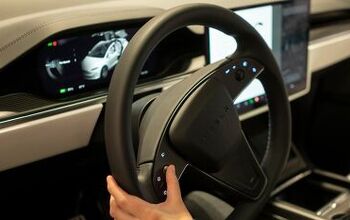
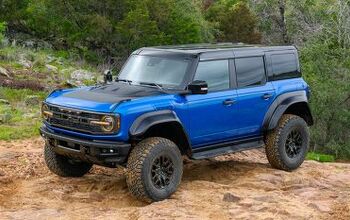
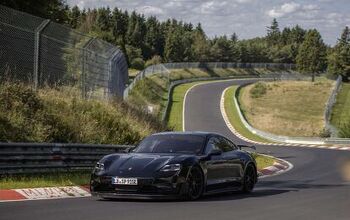
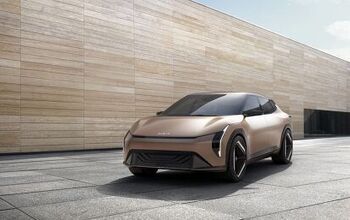
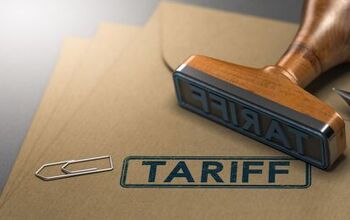



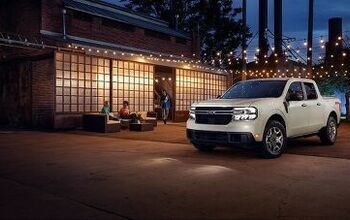
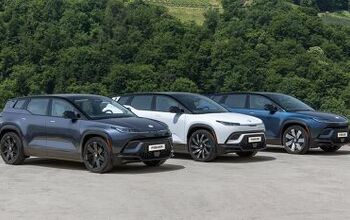
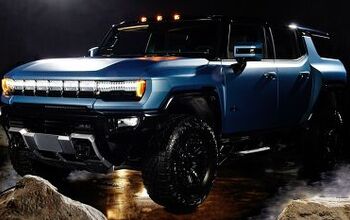
Comments
Join the conversation
Good. We as a nation need to be less dependent on the Chevy Cobalt.
Cobalt isn't exclusively mined in Congo; it's found other places too, such as Canada. And while there are kids doing "artisanal mining" (yes, they call it that) in Congo, the majority of cobalt there is produced by conventional mining operations. Most of the problematic artisanal cobalt is bought by Chinese brokers and is believed to end up in phones and the like. This is a problem that can be solved by halfway competent supply chain management. To put it another way, it's a legitimate concern that's being abused by insincere concern trolls.